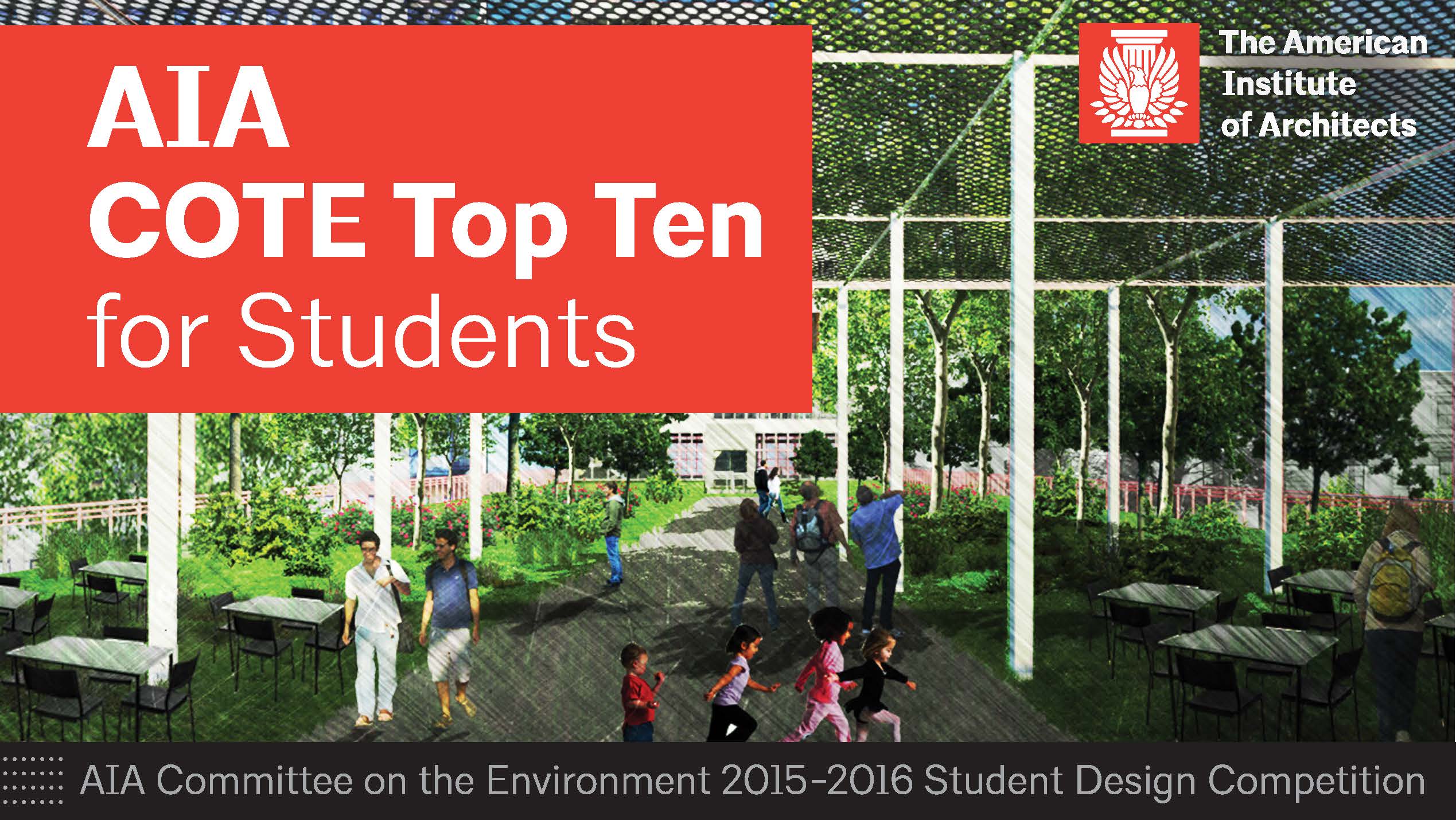2016 Board of Directors
Deadline: December 7, 2015 (updated deadline)
The ACSA invites nominations for open positions on the 2016-17 Board of Directors. The open positions are First Vice President/President-Elect, Second Vice President, West Region Director, and East Central Region Director. Terms of office begin July 1, 2016.
This year’s nominations process differs from previous years, because the organization has proposed creating a Second Vice President position and combining the Secretary and Treasurer positions. (Read about the proposed Bylaws amendments HERE.)
The Nominations Committee will recommend a slate of candidates that implements the changes to the officer positions. This means nominating candidates for First Vice President/President-Elect and for Second Vice President this year, and in future years nominating candidates only for Second Vice President. The candidate elected First Vice President will serve as president in 2017-18, followed by a one-year term as Past-president. The candidate elected Second Vice President will serve as First Vice President/President-Elect in 2017-18 and President in 2018-19, followed by a one-year term as Past-president.
Moreover, in order to transition to a single Secretary/Treasurer position, the organization will not nominate candidates for this position this year. This is because the Secretary and Treasurer positions are currently staggered, with Secretary Gregory Luhan’s term expiring this year. The organization plans to appoint the current treasurer, Rashida Ng, to the Secretary/Treasurer position for the 2016-17 year. She was elected for a two-year term ending June 30, 2017. Therefore, the board will proceed with a nominations process for Secretary/Treasurer one year from now.
Eligibility and Responsibilities of Officers
Candidates for positions as officers of the Association shall be full-time full-time tenured, tenure-track, or fixed-term members of the faculty of a full member school at the time of nomination and throughout the term of office.
President. The President serves for a one-year term, and shall succeed to the term of Past President at the beginning of the next appointment year. The President presides at meetings of the Association, calls meetings of the Board of Directors, prepares an agenda for such meetings, and presides at such meetings. The President coordinates activities of the Board, Association committees, and liaison representatives, provides liaison with the officers of the American Institute of Architects, the National Council of Architectural Registration Boards, the National Architectural Accrediting Board, and the American Institute of Architecture Students, and serves as representative to the Five Presidents Council. The President also prepares a brief report of activities of the Association and the Board of Directors during the term of office for dissemination to the geographically defined constituent associations. The President is also responsible for identifying and advancing major initiatives for the Association during his or her term, in collaboration with the Board.
First Vice President (President-Elect). The Vice President serves for a one-year term and shall succeed to the term of President at the beginning of the next appointment year. The First Vice President is responsible for serving in place of the President when the President is unable to perform the necessary duties. The First Vice President also serves as a clearinghouse of information for American Regional and Canadian Directors. The First Vice President serves as a member of the Finance Committee and the Publications Committee. The First Vice President also performs such duties as requested by the President or the Board and other duties as set forth in the Rules of the Board.
Second Vice President. The Second Vice President serves for a one-year term and shall succeed to the term of First Vice President (President-Elect) at the beginning of the next appointment year. The Second Vice President is responsible for serving in place of the First Vice President when the First Vice President is unable to perform the necessary duties. The Second Vice President also performs such duties as requested by the President or the Board and other duties set forth in the Rules of the Board.
Past President. The Past President serves for a one-year term and is responsible for implementation of programs initiated during the term as President, and performs such other duties as may be assigned by the Board. The Past President serves as chair of the Nominating Committee.
The ACSA board’s Nominations Committee will review nominations for the two national officer positions. The committee is chaired by Past President Ming Fung (SCI-Arc), with additional members Nadia Anderson (Iowa State University), Ryan Smith (University of Utah), and Kim Tanzer (University of Virginia).
Eligibility and Responsibilities of Regional Directors
Each Regional Director shall be a full-time tenured, tenure-track, or fixed-term faculty member of a full member school, and shall be on the faculty of a school in the region represented.
The term of office shall be three years beginning July 1, 2016, and extending through June 30, 2019. Each Regional Director shall be elected by vote of full member schools affiliated with the particular region represented.
Regional Directors serve the ACSA in at least three ways – as members of the Board of Directors, on a variety of board committees, and as leaders of their regional constituent associations. In this latter role, the Regional Director:
- sets the agenda and chairs meetings of the Regional Council,
- maintains a file of regional records, correspondence, and minutes of regional meetings,
- oversees financial affairs and faithfully reports on expenditures,
- provides assistance to regional schools and organizations applying for institutional membership,
- prepares annual reports of regional activities for publication in the Association’s annual report, and
- provides updates to the constituency on both regional and national matters of note.
Regional Directors are required to attend three Board meetings a year: a fall meeting which typically occurs after the Administrator’s Conference, a spring meeting which typically occurs after the ACSA Annual Meeting, and a summer meeting.
Each region will have a Regional Nominations Committee made up of regional constituents that will review applications received and develop a slate of not less than two nor more than three candidates. The outgoing Regional Director is responsible for administering this process.
Ballots will be sent to all full member schools and appropriate regions by mid-January, 2016. The results of this election will be announced at the ACSA Annual Meeting in Seattle, WA in 2016. Candidates will be notified of the results in mid-February.
Nominations should include a CV, a letter of interest from the nominee indicating a willingness to serve, and a candidate statement. The deadline for receipt of nominations is December 7, 2015 (updated deadline).
Electronic submission of nominations are encouraged and can be sent to Eric Ellis at: eellis@acsa-arch.org.
| National Nominations Committee | | East Central Nominations Committee | | West Nominations Committee |
| Ming Fung, Past-President | | Marci S. Uihlein, U. Illinois U.C.
| | Erin Moore, U. Oregon
|
| Nadia Anderson, West Central R.D. | | Whitney Moon, U. Wisconsin-Milwaukee | | Kristina Yu, U. New Mexico
|
| Ryan Smith, West R.D. | | McLain Clutter, U. Michigan
| | Mark Cabrinha, Cal. Poly S.L.O. |
| Kim Tanzer, UVA | | | | |
Nominations should be sent to:
Email: eellis@acsa-arch.org
ACSA, Board Nominations
1735 New York Avenue, NW
Washington, DC 20006

 Study Architecture
Study Architecture  ProPEL
ProPEL 









